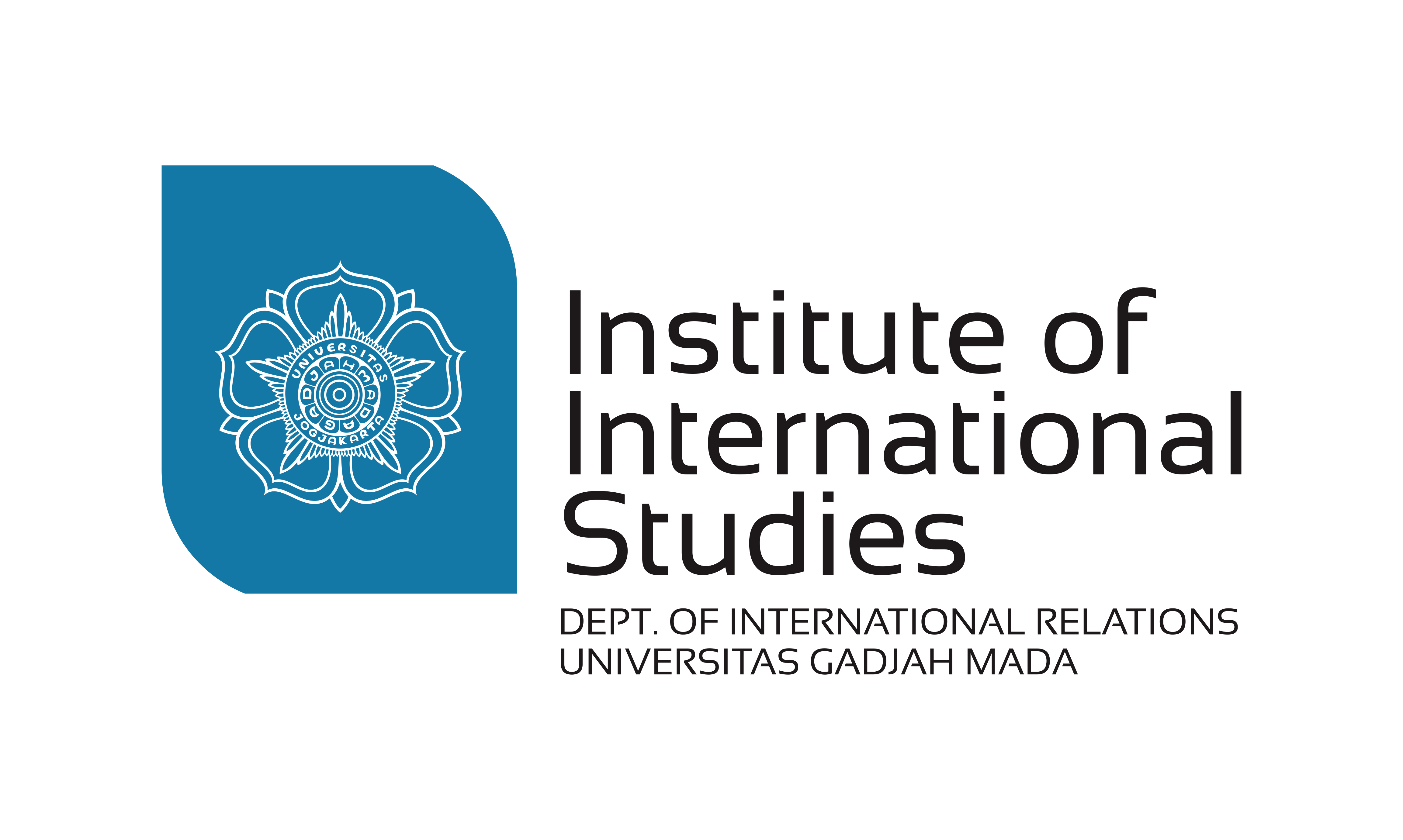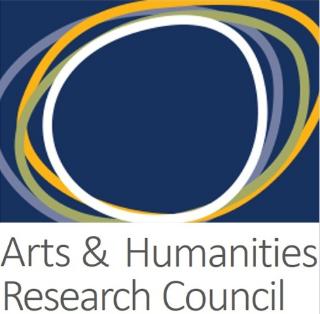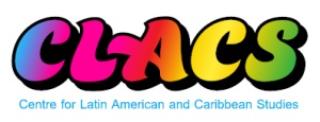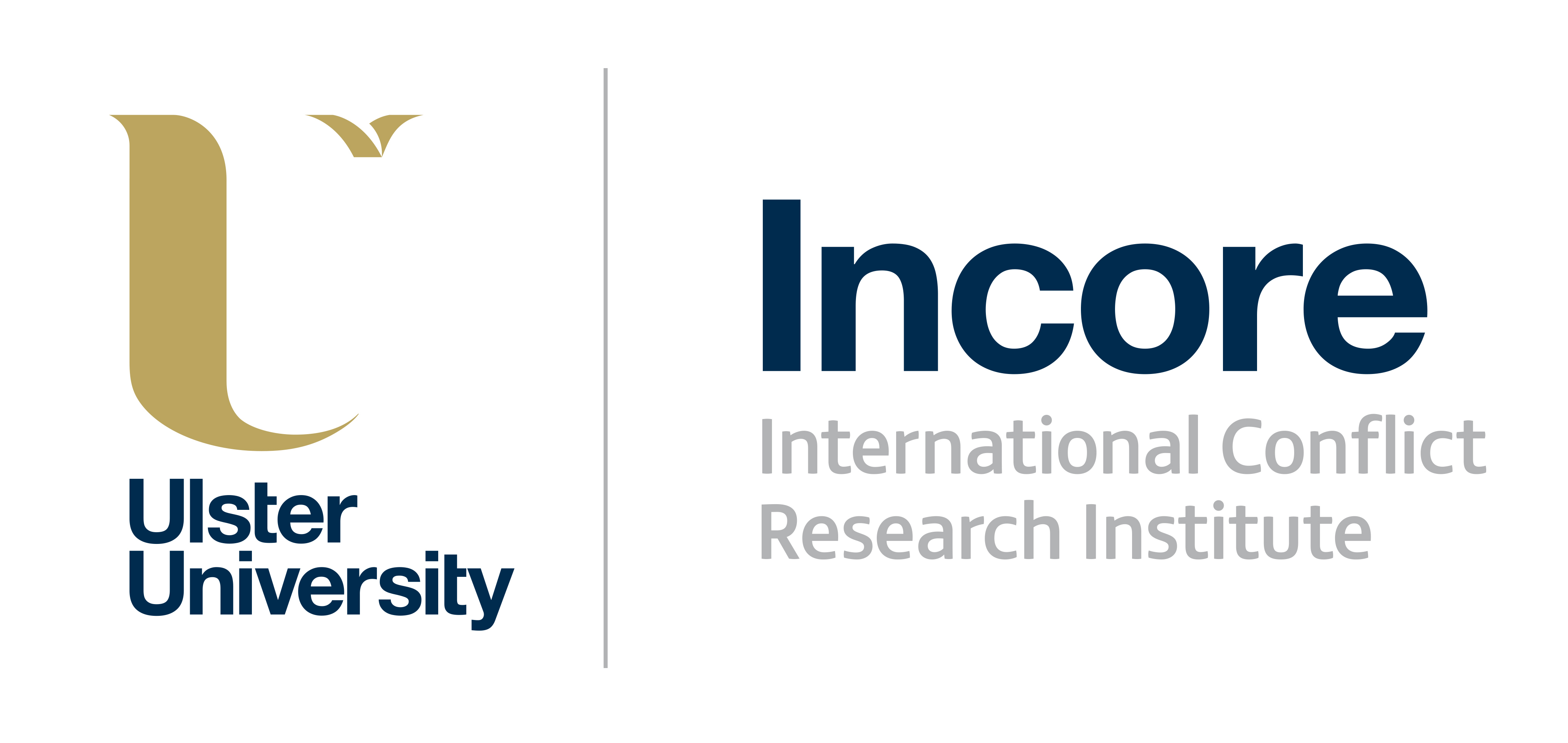Algeria
Algeria
Algeria is a vast and diverse country, stretching from the Mediterranean coast deep into the Sahara, and combing multiple cultures, notably Arab and Berber. Arabic and Berber languages are spoken, as is French, although to a diminishing extent in most areas. Occupied by the French between 1830 and 1962, the country has since independence been dominated by an officially democratic but strongly autocratic regime, often known as le pouvoir (the power).
The legitimacy of the Algerian state depends on the resistance struggle against French colonial occupation—the Algerian War or Algerian Revolution of 1954-62. Every president from 1962 until December 2019 has been a male war veteran, and a discourse of national unity has been built around that war. This can be alienating and irrelevant to what is a very young and often disempowered population. Power is held by an elite which is patriarchal, shadowy and unapproachable, and where the military are seen as the power behind the throne. Filmmaker Mohamed Chouikh described the first thirty years of independence as a 30-year “coma” in which the values and liberties propounded by the revolution were soon forgotten. They were replaced with what novelist Boualem Sansal calls the “privatisation” of the revolutionary struggle by the FLN (Front de Libération Nationale).
Social unrest, initially because of high unemployment and food prices, led to mass protests in October 1988 (known as Black October) across several towns and regions. The army shot protestors, with at least 400 killed and many imprisoned and tortured. This was a symbolic moment, crucial to the Algerian imaginary. It marked the final collapse of the so-called revolution. The shaky compact between the army /FLN and the people was finished. In effect, the one-party state had been revealed as an enemy of the people, not its protector. In need of legitimacy, the FLN declared an end to the one-party state plus a series of reforms. New media outlets were permitted and in theory new political parties came on the scene, but building a civil society in a short space of time was not possible. When the status quo was threatened by the rise of a popular Islamist party, the FIS (Front Islamique du Salut), the 1991 elections were shut down, martial law declared and the FIS criminalised. This was the key catalyst for the civil conflict of the 1990s. Known popularly as the ‘black decade’, the nineties was a time of terror and counter-terror which left between 100,000 and 200,000 dead. The conflict has been called not so much a civil war as a war against “les civils”/civilians. It has also been called a “guerre virile” (virile war) because of the targeting of women by the Islamist insurgents. Much of the Algerian population was caught between massacres by hard-line Islamist groups such as the notorious GIA (Groupe islamique armé) and the violent reprisals of the army. Gradually, after atrocities on both sides, and frequent suspicions that the state was at times deliberately perpetrating massacres in order to strengthen its hand to enact new military powers, the army got the upper hand.
The controversial amnesties pushed through by President Bouteflika in the years following the official end of the conflict in 2000 have proved to be a source of ongoing distress for victims of the widespread traumas of the nineties. According to Benjamin Stora’s study of the civil war, as late as October 2000 more than 250 people were killed in Algeria with no media images of these deaths. Six months later, a major outbreak of rioting took place in the Berber region of Kabylia in 2001, a period known as the ‘Black Spring’ that elicited a violent state response leaving two hundred dead and thousands wounded. Such examples demonstrate the extent of conflict in Algeria even after the supposed end of the civil war. More recently, the 2019 peaceful protests against a record fifth term sought by then-president Bouteflika—a movement known as the hirak—were only partially successful. State hegemony continues, as does a refusal to establish transparent and sustained investigations into the ‘back decade’ and its open wounds, such as the fate of thousands of ‘disappeared’.










